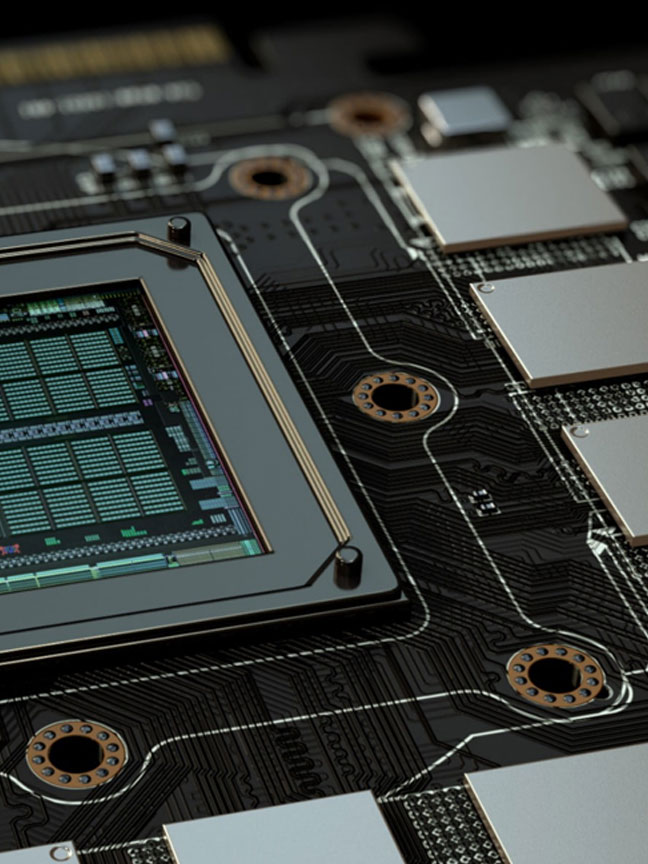
Electronic Parts in the Automotive Industry – Driving Innovation
In the automotive industry, electronic parts are the driving force behind innovation, efficiency, and safety. From microcontrollers to sensors and communication modules, these electronic components have revolutionized vehicle design, performance, and functionality. This article explores the significance of electronic parts in the automotive industry, highlighting their role, advancements, applications, and future prospects.
Electronic Parts in the Automotive Industry
The integration of electronic parts into vehicles has transformed the automotive landscape, leading to the development of smarter, safer, and more connected automobiles. Historically, vehicles relied on mechanical systems for propulsion, steering, and braking, but the advent of electronic parts has enabled the implementation of advanced features such as engine management, infotainment systems, and driver assistance technologies.
Types of Electronic Parts in Automotive
Engine Control Units (ECUs): Engine Control Units, or ECUs, serve as the brains of modern vehicles, controlling fuel injection, ignition timing, and emissions systems. These electronic parts optimize engine performance, improve fuel efficiency, and reduce emissions, ensuring compliance with environmental regulations and enhancing overall vehicle reliability.
Sensors: Sensors play a crucial role in automotive systems, providing feedback on various parameters such as temperature, pressure, speed, and proximity. From engine sensors monitoring exhaust gas composition to ultrasonic sensors aiding parking assistance systems, these electronic parts enable precise control, safety, and comfort features in vehicles.
Safety Systems: Electronic parts are integral to safety systems in vehicles, including airbag deployment, antilock braking systems (ABS), and electronic stability control (ESC). These electronic components enhance occupant protection and vehicle stability by sensing vehicle dynamics and deploying safety measures in milliseconds to mitigate collisions and improve overall safety.
Infotainment Systems: Infotainment systems in modern vehicles rely on electronic parts such as touchscreens, processors, and connectivity modules to provide entertainment, navigation, and communication features. These electronic components enable seamless integration with smartphones, streaming services, and voice-activated assistants, enhancing the driving experience for occupants.
Advanced Driver Assistance Systems (ADAS): ADAS rely on electronic parts such as cameras, radar, lidar, and ultrasonic sensors to enhance driver safety and convenience. These electronic components enable features such as adaptive cruise control, lane departure warning, and automatic emergency braking, helping drivers avoid collisions and navigate traffic more safely.
Advancements in Automotive Electronic Technology
The automotive industry continues to benefit from advancements in electronic parts technology, driving innovation and enabling the development of next-generation vehicles. Some notable developments include:
Autonomous Driving: Electronic parts technology is at the forefront of autonomous driving, enabling vehicles to perceive their surroundings, make real-time decisions, and navigate autonomously. Advances in sensors, processors, and AI algorithms are accelerating the development of self-driving cars, promising to revolutionize transportation and improve road safety.
Vehicle Electrification: Electronic parts play a key role in the electrification of vehicles, including hybrid and electric powertrains. Battery management systems, power electronics, and electric drivetrains rely on electronic components to optimize energy storage, conversion, and distribution, enabling the transition to cleaner and more sustainable transportation solutions.
Connected Vehicles: Electronic parts enable connectivity features in vehicles, including telematics, vehicle-to-vehicle (V2V) communication, and over-the-air (OTA) updates. These electronic components facilitate real-time data exchange between vehicles, infrastructure, and cloud-based platforms, enabling enhanced safety, navigation, and convenience features for occupants.
Vehicular Networks: Electronic parts technology enables the development of vehicular networks, such as Controller Area Network (CAN) and Ethernet, which facilitate communication between onboard electronic systems, sensors, and actuators. These networks enable seamless integration of vehicle subsystems, enabling efficient data exchange and control for optimal vehicle performance.
Applications of Electronic Parts in Automotive
The versatility and adaptability of electronic parts have fueled their widespread adoption across various industries and applications in industrial manufacturing, including:
Powertrain Control: Electronic parts such as ECUs, sensors, and actuators optimize engine performance, fuel efficiency, and emissions control in internal combustion engines, hybrid powertrains, and electric vehicles.
Safety Systems: Electronic parts enable advanced safety features such as adaptive cruise control, collision avoidance systems, and blind spot detection, enhancing driver safety and reducing the risk of accidents.
Infotainment and Connectivity: Electronic parts power infotainment systems, navigation systems, and connectivity features such as Bluetooth, Wi-Fi, and smartphone integration, providing occupants with entertainment, communication, and navigation capabilities.
Driver Assistance Systems: Electronic parts enable ADAS features such as lane departure warning, automatic emergency braking, and parking assistance, enhancing driver convenience and safety.
Vehicle Electrification: Electronic parts facilitate the electrification of vehicles, including battery management systems, electric drivetrains, and charging infrastructure, enabling the transition to electric and hybrid vehicles.
Automotive Manufacturing: Electronic parts enable automation, robotics, and precision control in automotive manufacturing processes such as assembly, welding, painting, and quality inspection. Sensors, actuators, and PLCs play a critical role in optimizing production efficiency, ensuring product quality, and maintaining safety standards in automotive production facilities.
Challenges and Considerations
Despite the significant advancements in electronic parts technology, several challenges and considerations must be addressed in the automotive industry:
Reliability and Durability: Electronic parts in vehicles must meet stringent reliability and durability requirements to withstand harsh operating conditions such as temperature fluctuations, vibrations, and exposure to moisture and chemicals.
Cybersecurity Risks: The increasing connectivity of vehicles introduces cybersecurity vulnerabilities, including the risk of unauthorized access, data breaches, and cyber-physical attacks. Robust cybersecurity measures are essential to protect against potential threats and ensure the integrity and safety of automotive systems.
Regulatory Compliance: Electronic parts in vehicles must comply with regulatory standards and safety regulations to ensure the reliability, performance, and safety of automotive systems.
Cost Considerations: The integration of advanced electronic parts in vehicles may increase manufacturing costs, impacting affordability and accessibility for consumers. Balancing technological innovation with cost-effectiveness is essential to widen access to advanced automotive features and technologies.
What’s Next?W
The future of automotive technology powered by electronic parts holds immense potential for transforming transportation, enhancing safety, and improving sustainability.
Advances in electronic parts technology will drive the development of autonomous vehicles capable of navigating city streets, highways, and complex environments safely and efficiently, revolutionizing transportation and mobility. Electronic parts technology will continue to advance the electrification of vehicles, enabling the widespread adoption of electric and hybrid powertrains to reduce emissions and dependence on fossil fuels. Electronic parts will also enable the development of connected and smart vehicles equipped with advanced connectivity, infotainment, and driver assistance features, enhancing convenience, safety, and user experience for occupants.
Electronic parts are essential components of modern vehicles, driving innovation, safety, and efficiency in the automotive industry. From engine control units and sensors to safety systems and infotainment features, these electronic components enable the development of smarter, safer, and more connected vehicles. While challenges such as reliability, cybersecurity, and cost considerations persist, the future of automotive technology powered by electronic parts holds immense promise for transforming transportation, enhancing safety, and improving sustainability

Your Trusted Electronic Parts Supplier
As a leading supplier for the automotive industry, Odyssey Electronics is known for our commitment to quality and ability to meet the industry’s rigorous requirements. We are a member of the ERAI, and only work with established and credible resources to ensure you get top-quality, authentic parts.
Give us a call at 978.640.9453 or search our online parts catalog to find the highest quality electronic parts for your next aviation contract.
